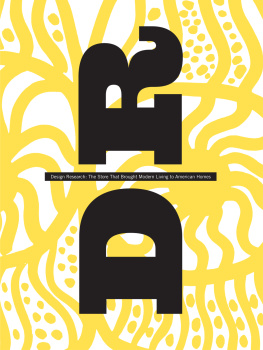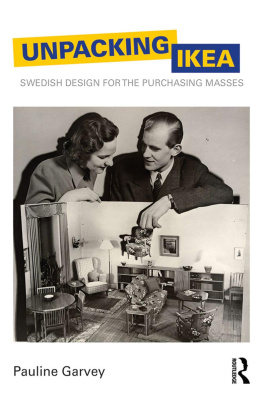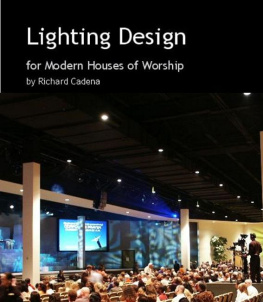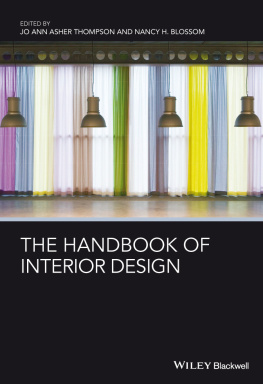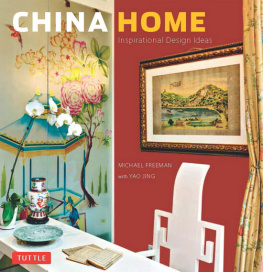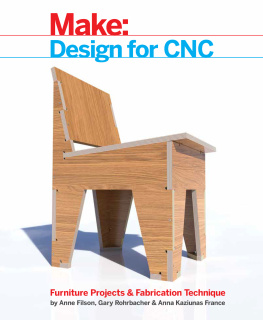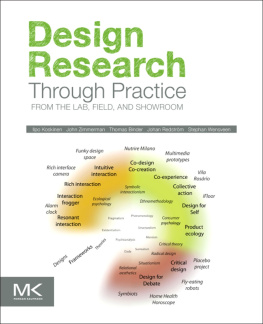
Rob Forbes I loved the name the first time I heard it. I grasped the notion that design was not about superficial styling but about a process and a passion.
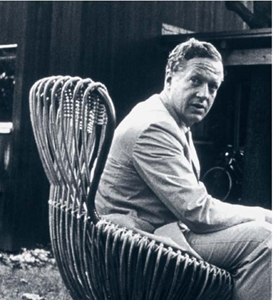

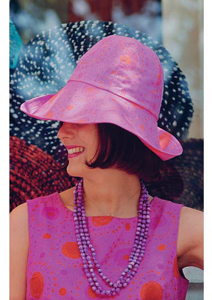
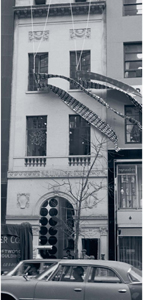

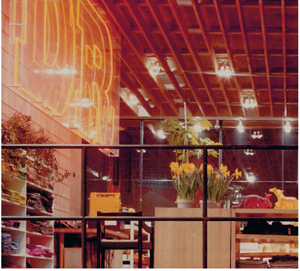
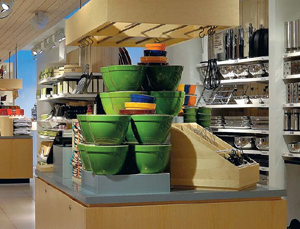
Foreword
Whos Your Daddy?
By Rob Forbes
Founder, Design Within Reach
In 2000, a year after launching Design Within Reach, I undertook a national market survey of our clients, asking which stores they thought of when it came to good design. I was assessing the competition to see if there were any design shops I did not know about. Design Research got more mentions than any other operation, and it had been closed for nearly twenty-five years.
The lasting influence of D/R has been astounding, not unlike appreciation for the larger role that modern design itself played in the 1950s and 1960s. Our design community was establishing a foundation, and D/R was at the heart of it. It was a period of great optimism. Conversely, the 1980s and 1990s were a low point in modern design. Only one store was mentioned as being influential for design during this postmodern period: Esprit, the youthful apparel company. I would wager that Doug and Susie Tompkins, Esprits founders, had been influenced by D/R as well.
Without question, D/R was the most influential force in twentieth-century America in creating an awareness and appreciation for modern design in the consumer world. D/R had actually been my model for Design Within Reach; at one point I had even looked into trying to revive the D/R name and identity. My last image of the store was in San Franciscos Ghirardelli Square in the late 1970s. The post-Thompson D/R had moved to the arcade and no longer animated the Clock Tower, but its spirit was alive and well both in my mind and in the collective memory of the design and retail communities. Design Within Reach managed to tap into the fertile ground that Ben Thompson had seeded fifty years earlier.
Moreover, its not just Design Within Reach that owes its existence to D/R. If you study their origins, many independent design stores and showrooms can probably be traced back to D/R, the Conran Shop in London among them. Just as much of postwar modern design in the United States traces its roots to George Nelson and the Eames Office, modern lifestyle retailing has its roots in Ben Thompsons D/R. Consider contemporary visual merchandising: Crate & Barrel set the standard in the 1980s and 1990s. Yet Gordon Segal, the man behind the Crate, was directly inspired by the Cambridge D/R and was an early customer, buying wholesale items like Marimekko fabric. (Segal later took over the D/R headquarters building, designed by Thompson, where it remained the Crate in Cambridge until 2008.)
In the 1960s, department stores took lessons from the casual, vivid, chock- full interior presentation of D/R stores. Stanley Marcus, president of the luxurious and internationally famous Neiman Marcus, would come regularly from Dallas with his merchandising staff to observe the Cambridge store. There are other curious connections: the clever high-end tchotchke catalogue, The Horchow Collection, is also a D/R scion. For a short while in 1970, S. Roger Horchow ran D/R when it was under new management. During this past decade, the modern design market has flourished, driven largely by the younger generation. If I did a survey today asking which name has the greatest influence on design, the majority would respond quickly and definitively: Apple. Other names might include Target, DWR, IKEA, and Prada. A New Yorker might name Moss. But most of the younger generation would not know the name D/R. This book is the opportunity to correct that gap to turn postwar myth back into a living legend.
Design Research. I loved the name the first time I heard it. I grasped the notion that design was not about superficial styling but rather about a process, an investigation, a try-out, and a passion based in curiosity and discovery. How radical that was back in the 1950s. In leading industries, a modern design look was applied to surfaces as dynamic symbols of speed and power appliances with aerodynamic trim, auto grilles with great big tin teeth. Names familiar abroad and to the cognoscenti, like the Bauhaus, Mies, Gropius, Aalto, were yet to be translated into new forms, new products, and finally new design meanings for the masses.
In fact, the notion that design is more about research than styling still runs counter to much design thought today. We have designer hotels, designer jeans, designer wine labels in fact, a whole range of slick branding passed off as design. But Design Research was a fresh and authentic store. It was unsullied by the designer mannerisms, clichs, and revolving commercial styles that have trivialized the humane foundation of modern design as I first came to know it. D/R was genuine, like the original VW Bug compared to the later revived models.
This postwar golden era for design also had glaring cultural contradictions and contrasts. It was the greatest period of modern residential architecture in history. Modern jazz as an art form reached its zenith. American cars were well built and handsome. But this was simultaneously a period of extreme social conformity and conservatism. The U.S. military-industrial complex was flourishing and expanding internationally as if to dominate the world. IBM and GM reigned supreme. Suburban America was drawing people away from cities and creating urban ghettos. The civil rights movement was simmering, ready to burst. Women wore pointed brassieres. Guys had crew cuts. We ate TV dinners watching Leave it to Beaver and Mr. Ed interspersed with ads featuring the Marlboro man.
At this apex of midcentury American life, Design Research opened, and offered, a liberated vision of the home and family. It showed good form as an expression of quality, asking customers to think differently, to be bold, and to live differently.
I believe that D/R occupied the same benchmark originality, innovation, education, being social yet cool that Apple does today. I write this having just spent an hour at the new Apple store in Manhattan at 11 PM. The experience felt like a community center for people with shared aesthetic values; it was certainly more than just a store. Five decades before, D/R was similarly used as a gathering place, a mixing space for town and gown, young and old, in a setting with high standards for both its product and its social agendas. Each D/R store became a destination in its city where new ideas were originated, shown, and tried out.

Next page
